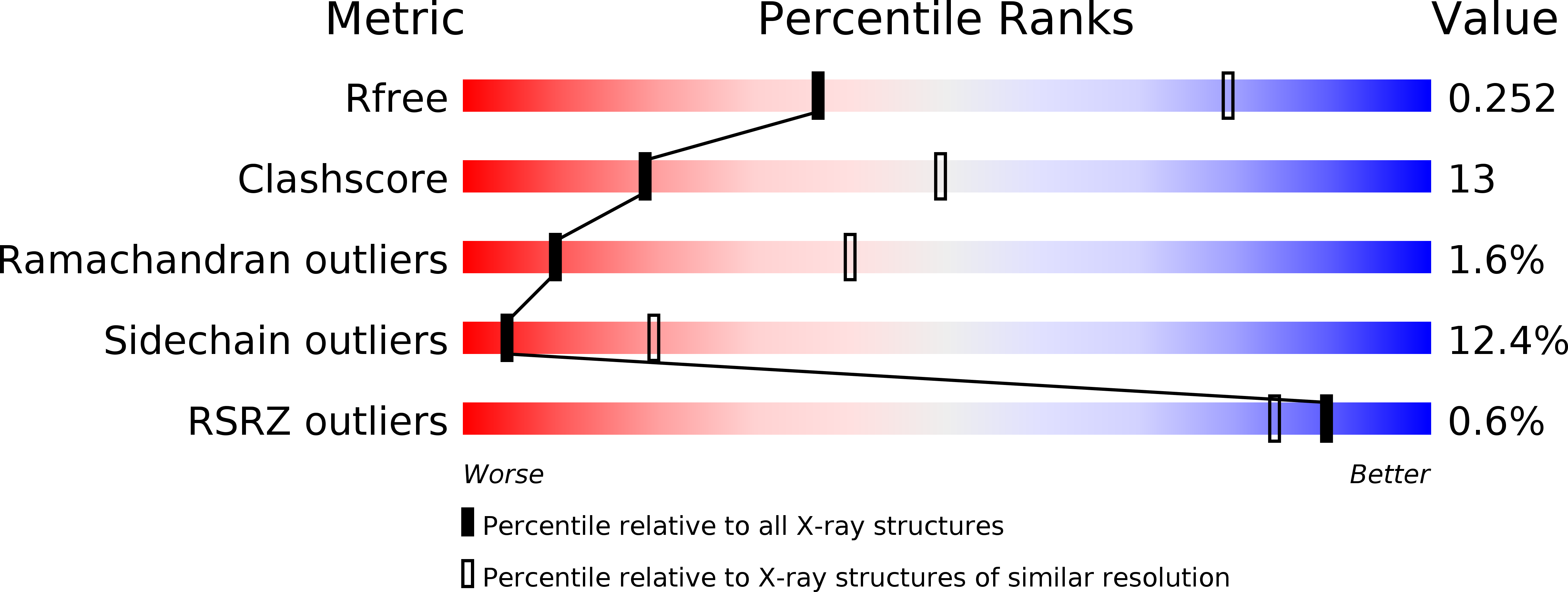
Deposition Date
2017-10-12
Release Date
2018-10-10
Last Version Date
2024-11-13
Method Details:
Experimental Method:
Resolution:
3.16 Å
R-Value Free:
0.26
R-Value Work:
0.18
R-Value Observed:
0.18
Space Group:
P 43


